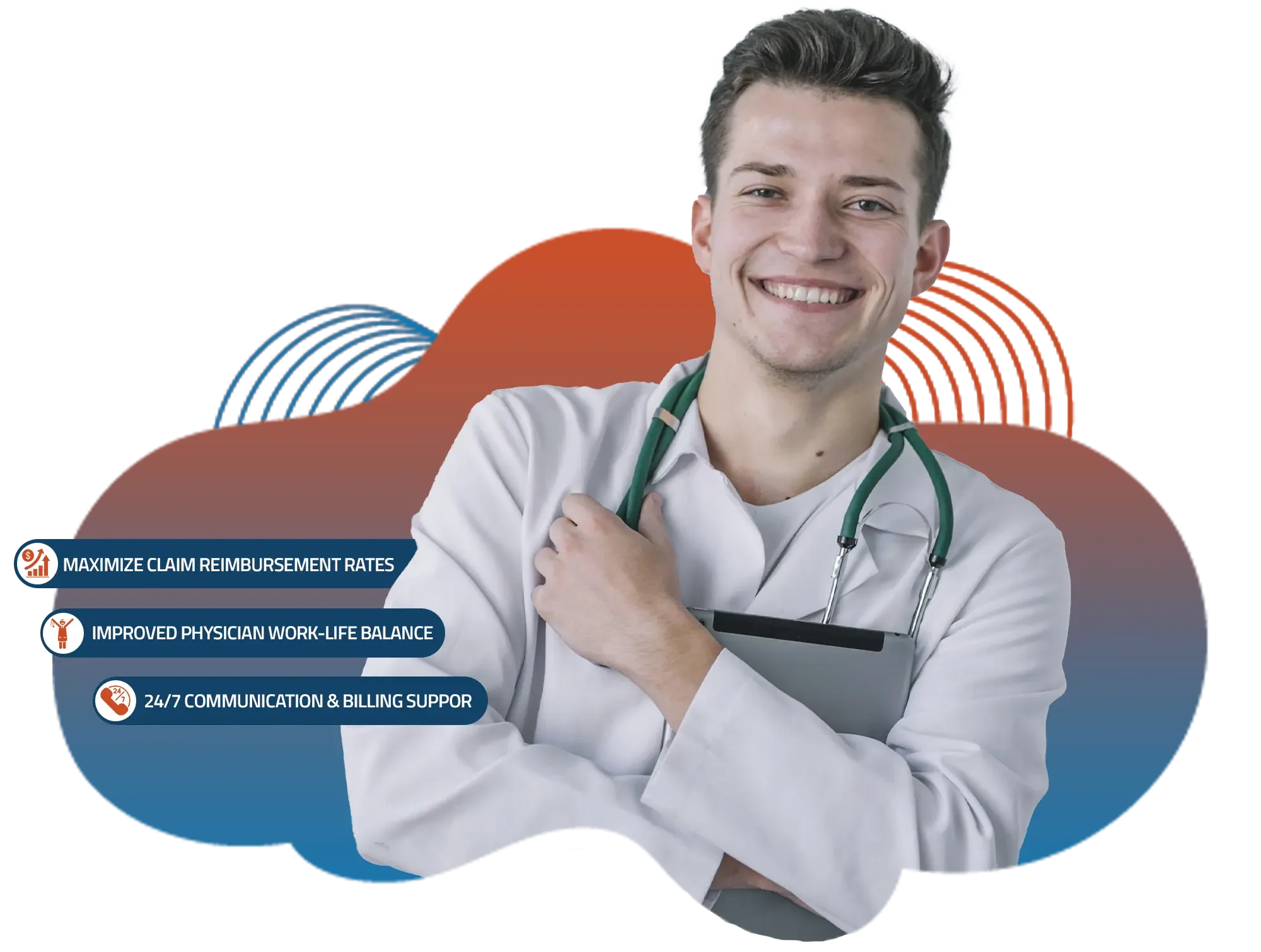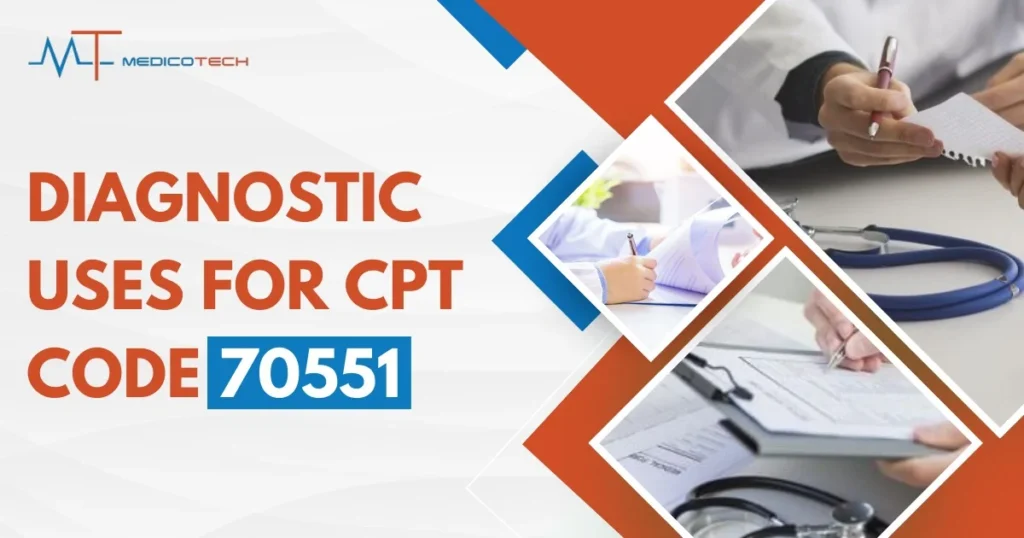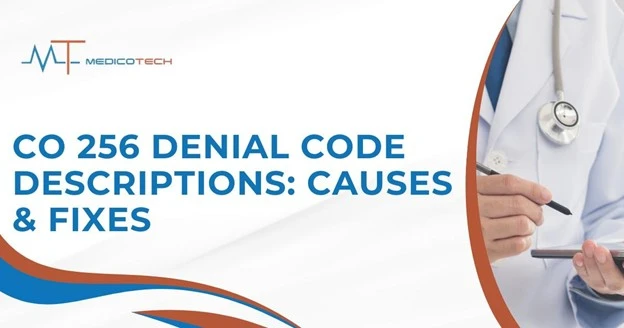A common and widely used diagnostic tool used in modern medicine is the Magnetic Resonance Imaging (MRI) of the brain. CPT Code 70551 calls specifically the type of MRI of a brain without contrast, and it is done to examine the state of the patient related to neurological disorders in the organism. It is an important instrument used by physicians to study the structure of the brain, identify a malignancy, or assess the health of a condition, including tumors, strokes or multiple sclerosis as an example of non-invasive imaging.
What is CPT Code 70551?
Explanation of CPT Code 70551
CPT Code 70551 is a term that is used by health facilities and insurance companies to define a particular procedure in MRI which is an MRI of the brain without contrast. This is a non-invasive method of imaging the brain that is normally used in the initial stages of evaluation of the brain conditions. It entails the use of detailed images of the brain by means of a magnetic field and radio waves to develop cross sectional images of the brain without a contrast agent.
In medical jargon, without contrast would mean that no contrast dye is put into the patient prior to or during the MRI in order to help bring out some brain structures. Although the contrast agents prove to be beneficial in certain situations, the MRI without contrast performs many routine examinations of the brain adequately.
How it’s Used in Medical Billing
CPT code 70551 has been applied in medical practices and billing departments to provide correct codes regarding this particular MRI procedure. Proper billing covers that the insurance companies pay the procedure, according to the proper medical code. This code assists in monitoring the nature of the procedure conducted and eases claim process of the healthcare providers.
Indications for CPT Code 70551
Conditions Diagnosed with an MRI Without Contrast
The initial phase of the diagnosis of a plethora of neurological conditions is frequently an MRI without contrast in place. Although it does not have the same level of visibility that contrast enhanced MRIs does, it remains an useful instrument in the identification of a number of conditions. The following may be some of the frequent cases that might be assessed using CPT Code 70551:
- Brain Tumors: The MRI can detect abnormalities in the brain that could suggest the presence of tumors or growths.
- Strokes: The procedure can reveal areas of the brain that have been damaged due to ischemia or bleeding.
- Multiple Sclerosis: An MRI can help identify plaques or lesions in the brain that are characteristic of MS.
- Epilepsy: MRI without contrast can be used to observe structural abnormalities in the brain associated with seizures.
- Neurodegenerative Diseases: Disorders like Alzheimer’s or Parkinson’s disease can show early changes in the brain tissue.
Common Neurological Disorders Assessed Using CPT Code 70551
Along with the above-discussed circumstances, CPT Code 70551 applies to examining an assortment of different neurological issues, which include:
- Traumatic brain injuries (TBI) from accidents or falls.
- Cerebral atrophy, which can be associated with aging or neurological diseases.
- Hydrocephalus, a condition characterized by excess fluid in the brain.
Although such conditions may be resolved using the MRI without contrast, more elaborate visualization may be required in case the physician feels like a complex is involved, which results in the utilization of CPT Code 70553 (MRI with contrast).
How CPT Code 70551 is Used in Brain Imaging
Description of the Procedure for an MRI Without Contrast
Brain MRI of CPT Code 70551 is a non-invasive procedure which is highly advanced to enable physicians to analyze the structure of the brain in detail. This process is usually done in the following steps:
Preparation: The patient is asked to remove any metal objects (e.g., jewelry) as metal can interfere with the MRI.
Positioning: The patient is positioned on a movable table, which slides into the MRI machine. The head may be stabilized to minimize movement.
Scanning Process: The MRI machine uses a magnetic field and radio waves to capture images. During this time, the patient must remain still to ensure high quality images.
Results: The images are processed and analyzed by radiologists, who provide a detailed report to the doctor.
This process is normally time-consuming per 30-60 min. As opposed to the CT scans, MRI does not require the use of harmful radiation and hence, it is a less harmful option regarding repeated use.
Difference Between CPT Code 70551 and 70553
The major distinction between CPT Code 70551 (MRI without contrast) and CPT code 70553 (MRI with and without contrast) is the application of contrast agent. Whereas a CPT Code 70551 is centered on images taken without contrast material, the coding 70553 requires two steps whereby the patient has to have an MRI image with no contrast dye, followed by the application of a color to get clearer images.
Physicians can use CPT code 70553 in cases where they require to be able to assess more complex neurological conditions, such as being able to determine the exact location of brain tumors, lesions, or vascular problems. CPT Code 70551 however is usually adequate to perform routine brain tests or the preliminary ones.
CPT Code 70551: Procedure Steps
Preparing for the MRI
Before the procedure, the patient is generally asked to:
- Inform the technician about any implants, metal devices, or foreign objects inside their body (e.g., pacemakers, metal rods).
- Wear comfortable clothing without metal fasteners (e.g., zippers, buttons).
- Avoid eating or drinking for a few hours before the procedure if necessary, especially if sedation is required.
The Process of the MRI Without Contrast Material
Once inside the MRI machine:
- The patient lies flat on a bed that slides into the MRI scanner.
- The technician will instruct the patient to stay still during the imaging process to ensure clarity.
- The MRI images are taken without contrast. The machine generates images of the brain, which are then processed for evaluation.
CPT Code 70551 vs. Other Related MRI Codes
Comparison with CPT Code 70553 (With Contrast)
CPT Code 70551 is concerned with MRIs with no contrast, meanwhile CPT Code 70553 is related to two part procedure of MRI without any contrast at first and then with contrast enhancement. CPT Code 70553 can be used with contrast material to differentiate some structures in the brain and abnormalities, which is especially used when diagnosing brain tumors, vascular problems, and lesions.
CPT Code 70551 on the other hand is a less expensive but initial assessment of the brain and is commonly adequate when performing a normal neurological assessment. In case of a more detailed study, a second imaging can be prescribed with the use of contrast, which results in the application of CPT Code 70553.
When to Use CPT Code 70551 vs. 70553
CPT Code 70551
The code is normally applied to the general assessment of the brain. It is the perfect fit with first diagnostic or regular examination when a contrast agent is not required. It is an excellent starting point for most neurology cases.
CPT Code 70553
It is advised in cases where more detailed brain imaging is needed, particularly in cases of such diseases as tumor or complex vascular, where contrast imaging is needed to achieve a better visualization.
Common Conditions Diagnosed with CPT Code 70551
Tumors, Strokes, and Neurological Disorders
CPT Code 70551 is an indispensable aid to the diagnosis of a variety of neurological disorders. It assists physicians to detect details in the brain to detect malfunctions that can mean numerous diseases. Among the most frequent diagnoses based on this code with the help of MRI are:
Brain Tumors
The MRI technique can be used to detect the presence of tumors or other abnormal growths in the brain without using contrast. In contrast agents can provide a higher visibility of the tumors but an MRI can frequently provide a view of size and position of the mass especially when well delineated.
Strokes
Stroke may result in serious brain tissue impairment. Physicians can find these locations to identify where the brain cells had been deprived of oxygen within a person using CPT Code 70551 at the time that the person can be treated and cured early. In the case of ischemic stroke, this MRI outgives critical information on regions of blood slackness.
Neurological Disorders
Epilepsy, multiple sclerosis (MS), neurodegenerative diseases (such as Alzheimer) are some of the conditions that can be readily detected using MRI imaging. Although MRI without contrast does not necessarily depict a particular lesion or plaque, it is capable of detecting abnormalities of structure that cause the disorders.
When MRI Without Contrast is Sufficient
An MRI without contrast would in most instances suffice to examine the overall structure of the brain. For example:
Initial Screening
An MRI without contrast is the initial procedure that could be undertaken to diagnose common neurological disorders in many patients. It has the capacity to assist in the done further examination, as a contrast MRI is required.
Routine Follow Ups
A non-contrast MRI could be used to monitor either the development or the stability of the condition without involving the risk of having the contrast side effects in patients who have already been diagnosed with disorders, such as multiple sclerosis, or chronic migraines.
Although a more complicated case can be required to make use of contrast agents, CPT Code 70551 can be frequently used in simple assessment and regular examinations.
Billing and Coding Tips for CPT Code 70551
Proper Coding for Insurance Claims
Bills must also be fought in accuracy so that medical practitioners, as well as patients, are reimbursed well concerning procedures such as MRI scans. In case of application of CPT Code 70551, the following tips should be remembered:
Ensure Correct Documentation
As a rule, make sure that the symptoms of the patient, clinical findings, and the purpose of MRI ordering are well written in the medical records of the patient. The appropriate code ought to be associated with a clear medical need of the procedure.
Use Modifier Codes
In certain cases, the modifiers may be necessary to specify certain aspects of the process. To give an example, modifier 26 would be applied to report the professional service of the physician in reading the MRI, whereas modifier TC can be applied to report the technical aspect of the MRI.
Know the Insurance Requirements
Various insurers might require different amounts of procedures to be given their permission. It is always important to ask the insurer regarding any special documentation or extra codes that the insurers might need to reimburse.
Prior Authorization
Certain insurance might demand advance approval of MRI scan images. Make sure that every paper work required is submitted before the procedure lest it is refused or delayed.
Common Errors to Avoid When Using CPT Code 70551
Healthcare providers must know the most frequent mistakes when making bills with CPT Code 70551 that might result in claims being rejected or postponed. These include:
Incorrect Code Selection
Always make sure that you are under the right CPT code of the procedure that was done. The MRI performed should have been performed without contrast; otherwise, an overpayment or denial would be experienced when it is performed with contrast 70553.
Failure to Link Diagnosis Code
Make sure the appropriate diagnosis code (ICD 10) is attached to the MRI procedure. Wrong or incomplete diagnosis codes may lead to a denial of a claim.
Not Following Payer Guidelines
The various regulations in line with MRI procedures vary across insurance companies. It is important to know the exact requirements of a certain payer to prevent non compliance.
How to Interpret MRI Results for CPT Code 70551
Understanding the Outcomes from an MRI Without Contrast
The interpretation of MRI results Code 70551 should be done with a high level of expertise and accuracy. Although lack of contrast means that the capabilities of the diagnosis are limited, even without contrast, an MRI offers something of great importance in understanding the structure of the brain. This is how physicians normally analyze scores:
Brain Structure and Anatomy
The MRI images will give the general shape and size of the brain. Any irregularities in the brain including brain swelling, brain atrophy (shrinkage) or structural defects will be apparent.
Detection of Lesions
Neurodegenerative diseases such as multiple sclerosis show some forms of brain lesions which can be detected through MRI without contrast. These lesions can however not be seen so vividly in comparison to a contrast enhanced MRI.
Strokes
Any scan of the stroke will show areas of tissues that are dead or low in blood flow, in the MRI. Even though contrast can assist in determining the nature of the stroke (ischemic or hemorrhagic) non-contrast MRIs still reveal the rudimentary size of the injury.
Cerebral Atrophy
The brain can shrink as one grows older or in cases of illnesses such as Alzheimer disease. The MRI is able to detect the alteration of the brain structure volume, particularly, the hippocampal, which is significant in memory functioning.
What Doctors Look for in the Results
In interpreting CPT Code 70551 MRI results, physicians pay attention to particular results as:
- Symmetry: The brain’s two halves should be symmetrical. Any differences can indicate issues like tumors or developmental abnormalities.
- Lesions or Plaques: These can suggest conditions like multiple sclerosis or other chronic neurological disorders.
- Hydrocephalus: MRI results can show signs of fluid buildup in the brain, which can be a sign of hydrocephalus or increased intracranial pressure.
Conclusion
CPT 70551 is an essential diagnostic instrument that is used to assess the brain and diagnose multiple neurological disorders. Although MRI without contrast might not give the same details as those of contrast enhanced MRIs, it still is an important first line tool used in brain imaging. It enables doctors to diagnose brain tumors, strokes, neurodegenerative disorders and other abnormalities that enable the early diagnosis and treatment.
CPT Code 70551 is an asset that can never be undermined in clinical practice in regards to routine screenings, follow up, and initial assessment. Proper coding and proper understanding of this procedure mean that it will be properly billed, reimbursed and cause the best care of a patient.
CPT Code 70551 remains a vital component of the neurological imaging subspecialty as it offers a detailed examination of the brain structure to aid clinicians in making decisions that rely on the diagnosis and treatment
FAQs
What Does “Without Contrast” Mean for MRI?
Ans. In case of an MRI, which is conducted without any contrast dye, one does not use any contrast dye to make some parts of the brain visible. Contrast mediums are commonly used in order to outline the tumor, blood vessels, or inflammation, however in most patients, MRI without the use of contrast will be adequate to give significant diagnostic data.
Is CPT Code 70551 Covered by Insurance?
Ans. Yes, CPT Code 70551 is generally covered by insurance, provided the procedure is medically necessary. It’s important to confirm with the specific insurance provider whether prior authorization is required and to ensure that all documentation, including the patient’s symptoms and reason for the MRI, is thoroughly recorded.




